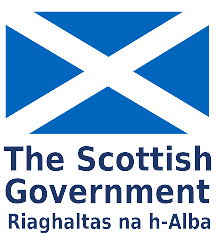0_Headersection_homepage
Bienvenidos a la página de Gender Climate Tracker
1_Headersection_about
Acerca del Gender Climate Tracker
2_Headersection_news_centre
Centro de noticias y recursos
4_Headersection_search
Buscar
5_Headersection_gender_mandates_in_climate_policy
Mandatos de género
en la política climática
6_Headersection_women's_participation_statistics_in_climate_diplomacy
Estadística de la participación
de la mujer
en la política climática
7_Headersection_gender_and_nationally_determined_contributions
Perfiles de países




